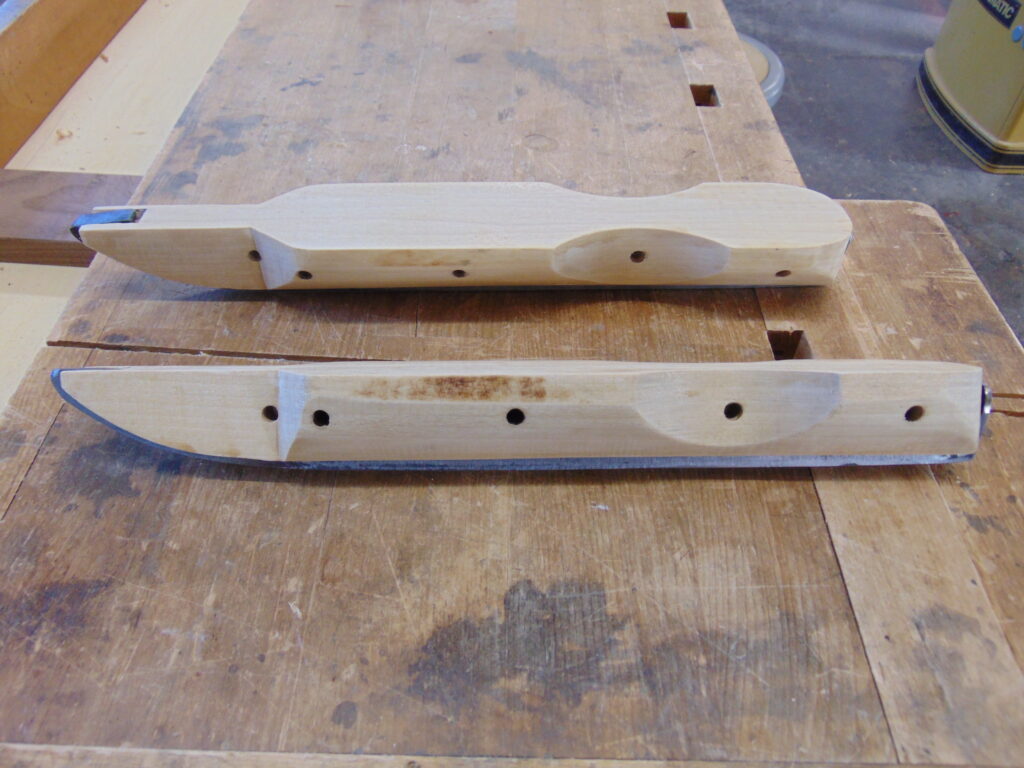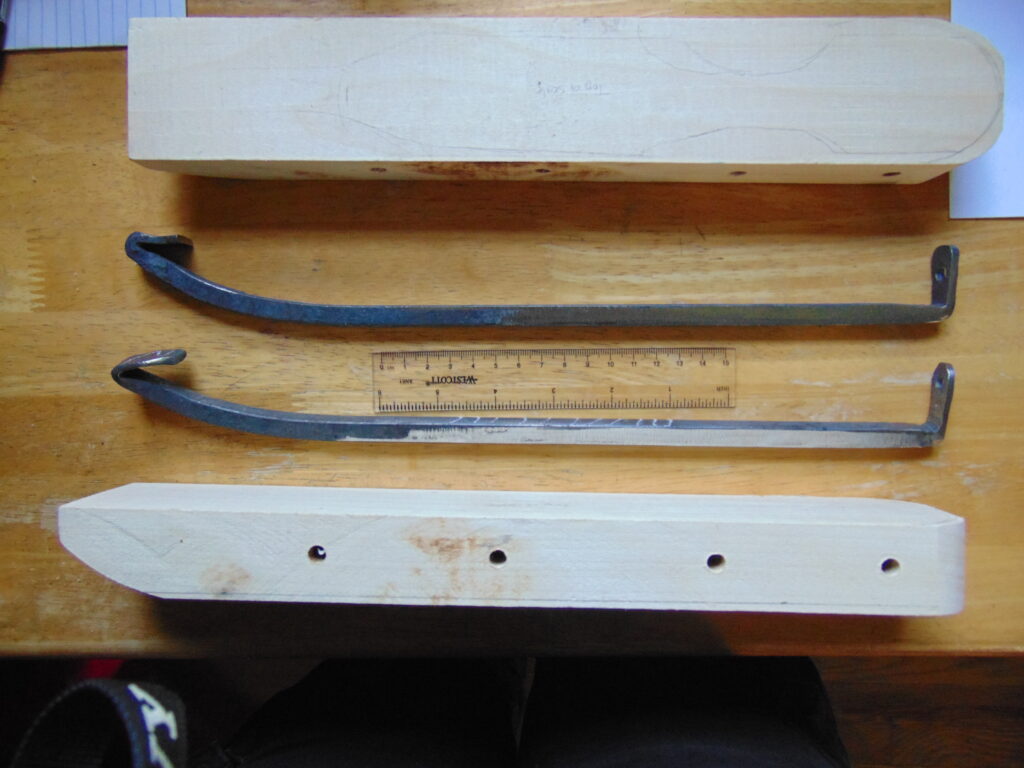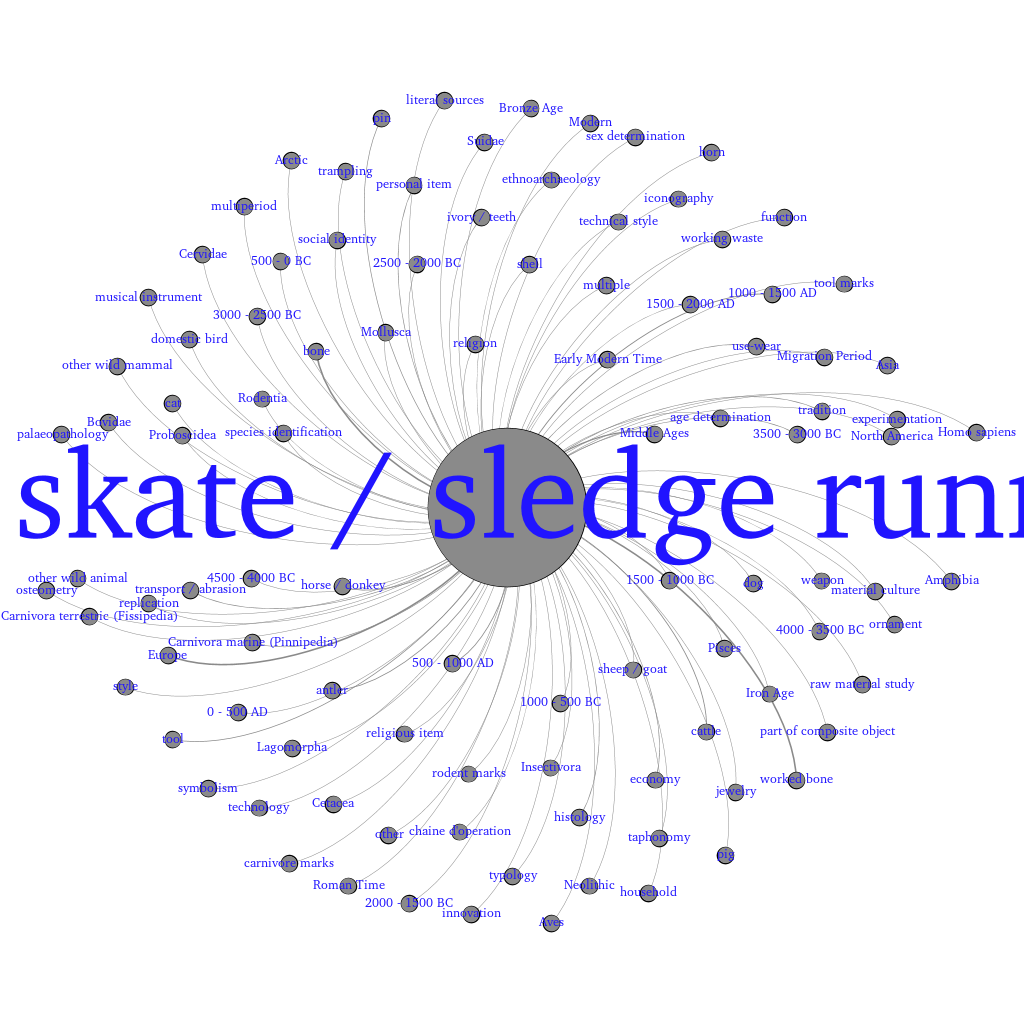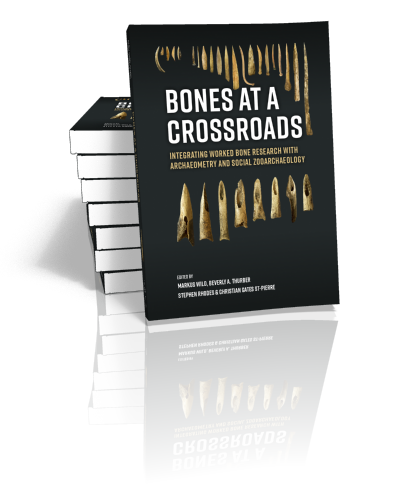Early skating authors had a lot of bad things to say about deep hollows on ice skates.
I have said nothing of those skates whose surfaces are grooved, and are commonly called fluted skates, because I think their construction is so bad, that they are not fit to be used; in fact, they are so generally disapproved of, that I shall dispense with explaining their defects.
…
Ladies’ Skates should be fluted.
Jones [1772], 37, 95
Fluted skates, if at all useful, are only fit for boys, and should not be used by moderately weighty persons, or those who are heavier than boys of thirteen usually are, as the sharp edges cutting too easily into the ice, prevent the possibility of figurings; indeed these skates are even dangerous, for the ice cuttings, collecting, and hardening in the grooves, raise the skater from the edge of his skates, and thereby endanger his balance.
Williams 1843, 113
The feeling of “sharp edges cutting too easily into the ice” is familiar to everyone who has ever had the skates’ radius of hollow suddenly decreased, intentionally or not.
I do not recommend fluted skates, or those with a groove or channel along the bottom of the steel. They certainly take an easier hold of the ice than the ordinary kind, but they can only be worn by light weights, and, in any case, are treacherous servants. The tiny shavings of ice which are cut up by the edge are sure to collect in the groove, where they become impacted into a solid mass which can hardly be cut with a knife. By degrees the groove is filled up, and, lastly, the compressed ice projects beyond the steel, and causes inevitable falls. Many a person has fallen repeatedly without any apparent cause, and has only regained the use of his skates when the groove has been cleared with a strong knife. This habit of the skate is termed ‘balling.’
“On the Ice” 1863, 17
Walsh (1877) gives a good description of how skates were sharpened using a grinding wheel. The grinding wheel does not produce a flat cross-section; instead, the blade’s curvature from edge to edge matches the radius of the grinding wheel:
The Skate-Blade was formerly fluted to prevent supposed lateral slipping, but this fluting is quite unnecessary and is now obsolete, the concavity given to the skate-blade by grinding it on the lap at right angles to the length of the blade being more than sufficient to ensure the cutting edge holding the ice without slipping laterally. The blade of the skate should be no deeper than will ensure a curve being made without the edge of the boot, to which the skate is attached, touching the ice.
Walsh 1877, 726
Today, figure skaters use much deeper hollows. It’s even reasonable to say that all today’s figure skates are fluted, but skaters don’t seem to have problems with ice balling up in their blades. What happened?
References
Robert Jones. 2017 (1772). A Treatise on Skating. Edited by B. A. Thurber. Evanston, IL: Skating History Press.
“On the Ice.” 1863. London Society: An Illustrated Magazine of Light and Amusing Literature for Hours of Relaxation 3: 11–18.
Stonehenge. 1877. British Rural Sports: Comprising Shooting, Hunting, Coursing, Fishing, Hawking, Racing, Boating, and Pedestrianism, with All Rural Games and Amusements. 13th ed. London: Frederick Warne and Co.
J. L. Williams. 1843. The Boy’s Own Book: A Compendium of All the Sports and Recreations of Youth. Paris: Baudry’s European Library.














